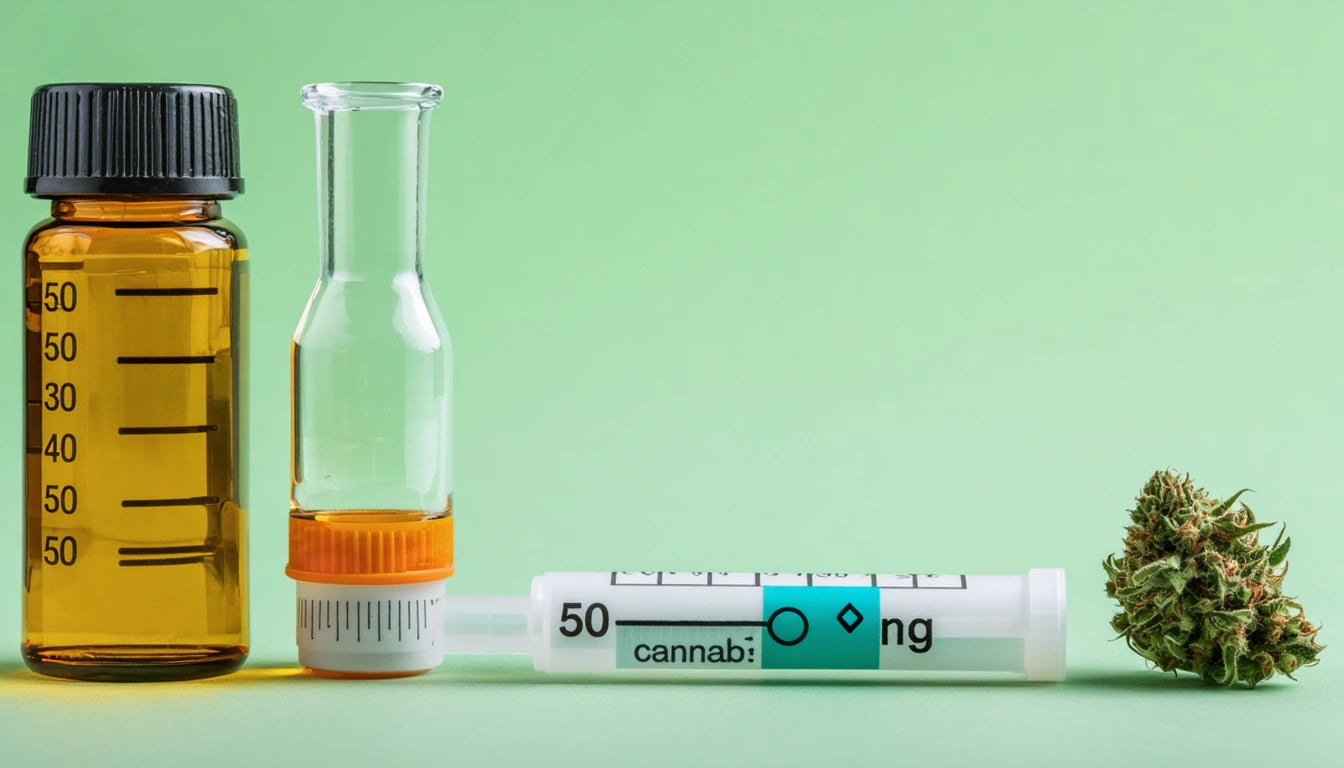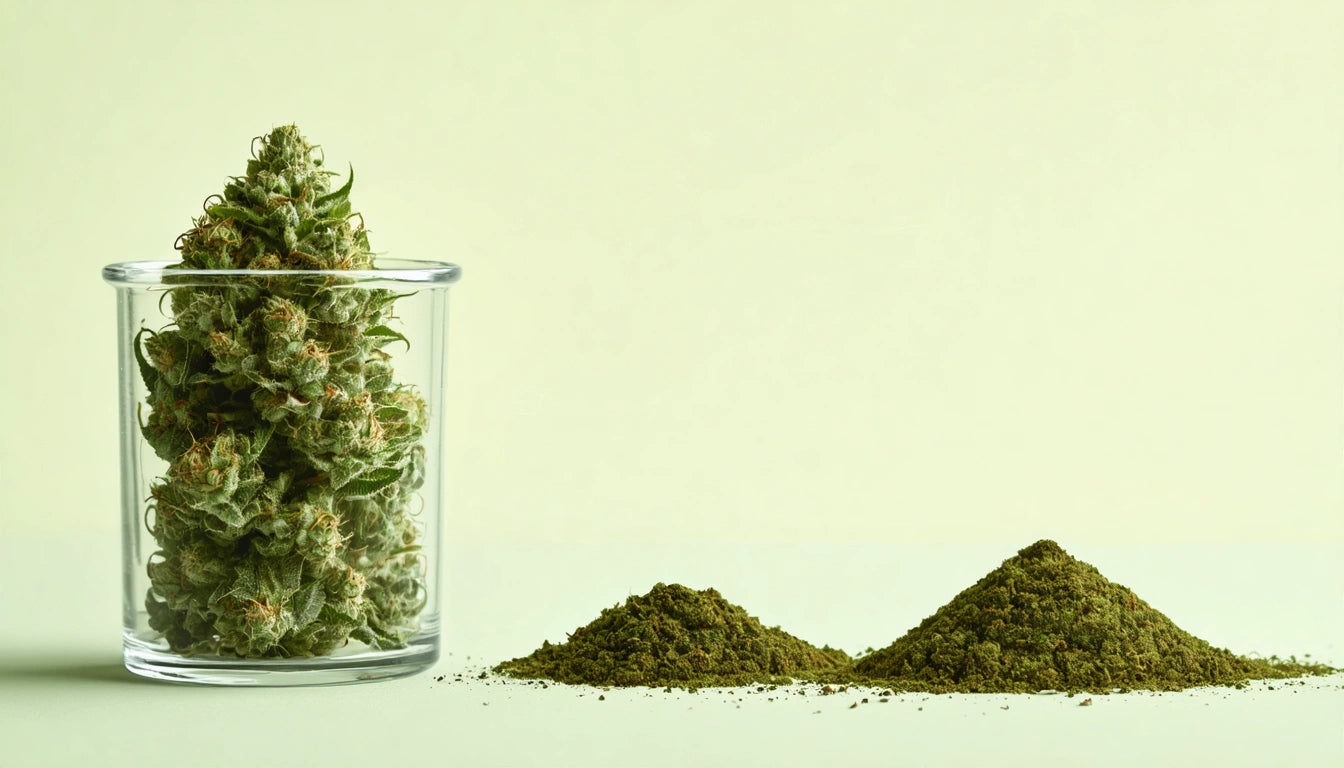Table of Contents
Understanding Drug Test Cutoff Levels: What Does 50 ng/ml Mean?
Drug testing has become a standard procedure in many workplaces, sports organizations, and legal contexts. Among the various measurements used in these tests, the term "50 ng/ml" frequently appears, particularly in cannabis testing. This measurement serves as a critical threshold that determines whether a test is considered positive or negative. Understanding what 50 ng/ml means can help individuals better interpret test results and make informed decisions.
Understanding Drug Test Measurements: Nanograms per Milliliter
The notation "ng/ml" stands for nanograms per milliliter, representing a concentration measurement used in drug testing. To break this down:
- A nanogram (ng) is one billionth of a gram (0.000000001 g)
- A milliliter (ml) is one thousandth of a liter
- Therefore, 50 ng/ml means 50 billionths of a gram per milliliter of fluid
This incredibly small measurement demonstrates the sensitivity of modern drug tests. For perspective, converting nanograms to milligrams shows that 50 ng equals just 0.00005 mg, highlighting how minute these detected quantities actually are.
The Significance of 50 ng/ml in Drug Testing
The 50 ng/ml threshold serves as the standard cutoff level for initial immunoassay screening tests for THC metabolites. This number wasn't chosen arbitrarily; it represents a carefully selected balance between test sensitivity and specificity.
When someone asks "what does 50 ng/ml mean on a drug test," they're referring to this cutoff concentration. If the test detects THC metabolites at or above this level, the result is considered presumptively positive and typically triggers a confirmation test using more precise methods.
The initial screening at 50 ng/ml helps minimize false positives while still identifying recent cannabis use in most cases. For those working in industries where cannabis storage is important, proper humidity control products can help maintain product integrity, though they won't affect how the body processes THC.
Comparing Cutoff Levels: 50 ng/ml vs 15 ng/ml
Different testing contexts may employ varying cutoff levels. The comparison between 50 ng/ml vs 15 ng/ml is particularly important:
- 50 ng/ml: Standard for initial immunoassay screening tests
- 15 ng/ml: Commonly used for confirmation testing with GC/MS or LC/MS methods
This two-tiered approach serves an important purpose. The initial 50 ng/ml screening casts a wider net, while the lower 15 ng/ml confirmation threshold provides greater certainty about positive results. The difference between these levels reflects a balance between avoiding false positives while still identifying genuine cannabis use.
For comparison, some tests may use a 100 ng/ml cutoff, which is less sensitive and typically only detects very recent or heavy use. Understanding how much cannabis might trigger a 50 ng/ml reading helps contextualize these measurements.
Factors Affecting THC Detection at 50 ng/ml
Several factors influence how long THC metabolites remain detectable at or above the 50 ng/ml threshold:
- Frequency of use: Regular users may test positive for longer periods than occasional users
- Metabolism rate: Individual metabolic differences affect elimination times
- Body fat percentage: THC is fat-soluble, so higher body fat can extend detection windows
- Hydration levels: Well-hydrated individuals may have more dilute samples
- Potency of cannabis consumed: Higher THC content products may lead to higher metabolite levels
These variables make it difficult to predict exactly how long someone will test positive after cannabis use. However, understanding how long it takes to reduce THC levels below 50 ng/ml can help individuals make informed decisions.
Strategies for Reducing THC Levels Before Testing
For those concerned about upcoming drug tests, several approaches may help reduce THC metabolite concentrations:
- Time: The most reliable factor is simply allowing enough time to pass
- Hydration: Maintaining proper hydration supports natural elimination processes
- Exercise: Regular physical activity may help speed metabolism, though exercise should be avoided immediately before testing
- Diet: A healthy diet rich in fiber can support elimination through digestive processes
It's important to note that many quick-fix solutions marketed online have limited scientific support. The most reliable approach remains abstinence for a sufficient period before testing. For those in the cannabis industry working with products, understanding proper dosage measurements is crucial for both personal knowledge and customer education.
Future Developments in Cannabis Testing Standards
As cannabis legalization expands across regions, testing methodologies and standards continue to evolve. Several developments may shape the future of cannabis testing:
- More nuanced testing that distinguishes between active impairment and residual metabolites
- Revised cutoff levels that better reflect legal cannabis use versus impairment
- Alternative testing methods that focus on recent use rather than historical consumption
- Workplace policy adjustments that accommodate legal medical or recreational use
These changes reflect growing recognition that traditional drug testing approaches may not adequately address the complexities of cannabis use in a changing legal landscape. Understanding measurements and what they mean will remain important for both consumers and industry professionals.
The 50 ng/ml standard continues to serve as an important reference point in drug testing, though its interpretation may evolve as both science and policy advance. For cannabis consumers and professionals alike, staying informed about these standards helps navigate the complex intersection of personal choices, workplace requirements, and legal considerations.











Leave a comment
All comments are moderated before being published.
This site is protected by hCaptcha and the hCaptcha Privacy Policy and Terms of Service apply.